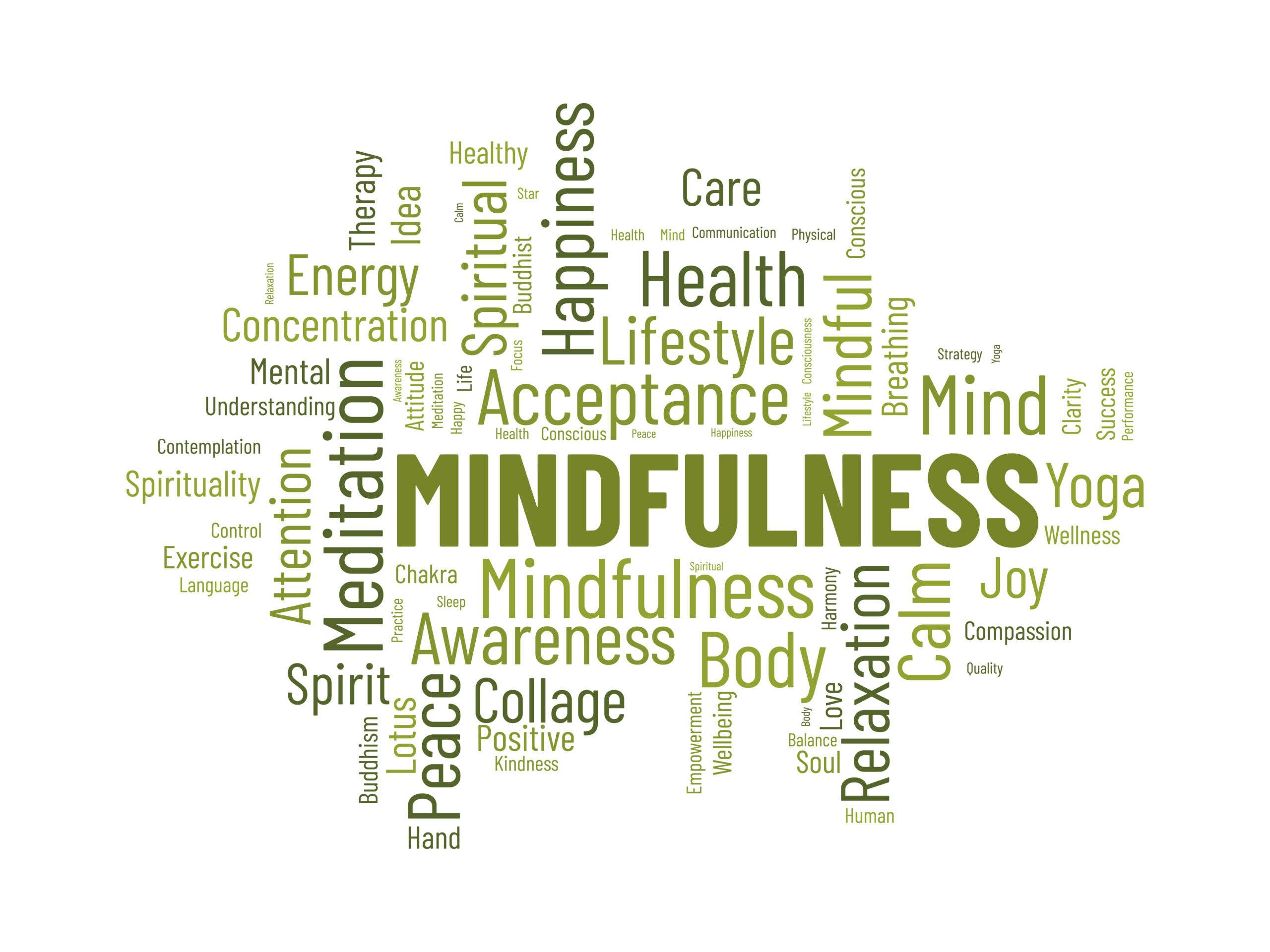In today’s fast-paced world, where multitasking and constant digital connectivity have become the norm, harnessing the power of mindfulness in everyday life emerges as a crucial tool for maintaining mental equilibrium and enhancing overall well-being. Mindfulness, the practice of being fully present and engaged in the moment, offers a way to ground ourselves in the midst of life’s chaos. This simple yet profound practice encourages a heightened awareness of our thoughts, feelings, bodily sensations, and the environment, helping us break free from the autopilot mode that often characterizes our daily routines.
The essence of mindfulness lies in its simplicity. It’s about paying attention to the present moment without judgment. Whether it’s savoring the taste of a meal, feeling the texture of the fabric, or listening intently to a friend, mindfulness involves fully immersing oneself in the current experience. This focused attention can significantly reduce the noise of our incessant thoughts and worries, leading to a sense of peace and clarity.
Practicing mindfulness has numerous benefits for mental and physical health. It has been shown to reduce stress, anxiety, and depression by helping individuals change their habitual reactions to thoughts and feelings. Mindfulness fosters a non-reactive state of mind where one can observe thoughts and emotions without being overwhelmed by them. This emotional regulation is key to maintaining mental health in challenging situations.
Moreover, mindfulness enhances cognitive function, improving concentration, memory, and decision-making skills. By training the mind to be more present and less distracted, mindfulness can boost productivity and creativity, making it a valuable tool in both personal and professional contexts.
Incorporating mindfulness into everyday life doesn’t necessarily require a significant time commitment or drastic changes to your routine. It can be as simple as taking a few deep breaths before starting a task, practicing mindful eating during meals, or spending a few minutes each day meditating. The key is consistency and intentionality.
Mindful walking is another effective way to integrate mindfulness into daily life. This involves walking slowly and deliberately, paying attention to the sensation of your feet touching the ground, the rhythm of your breath, and the sights and sounds around you. This practice can transform a simple walk into a revitalizing, meditative experience.
Another aspect of mindfulness is cultivating gratitude. Taking time each day to reflect on things we are grateful for can shift our focus from what we lack to what we have, fostering a sense of contentment and positivity.
Mindfulness offers a powerful antidote to the stresses and distractions of modern life. By bringing our attention back to the present moment, we can find calm, clarity, and a deeper connection to ourselves and the world around us. The beauty of mindfulness lies in its accessibility; it’s a tool that everyone can use and benefit from, regardless of their lifestyle or circumstances.

